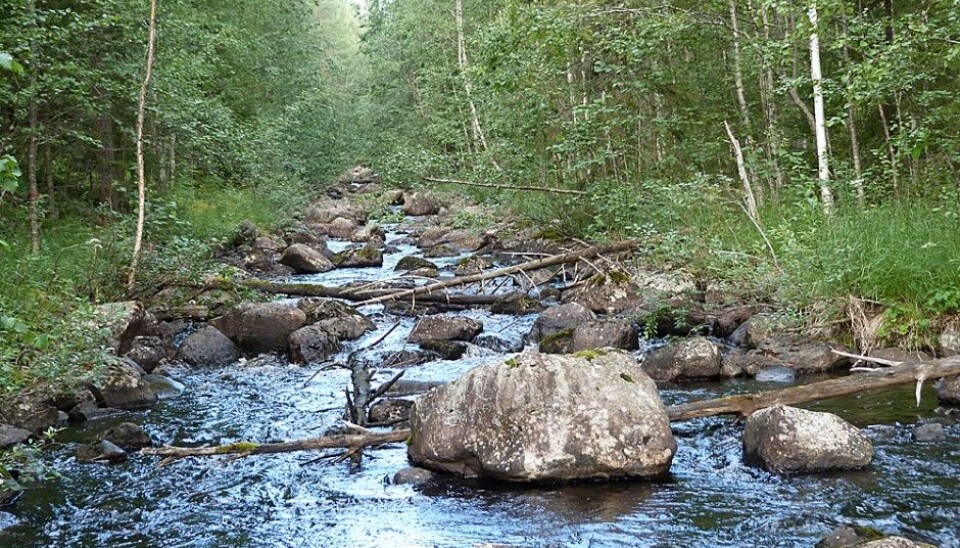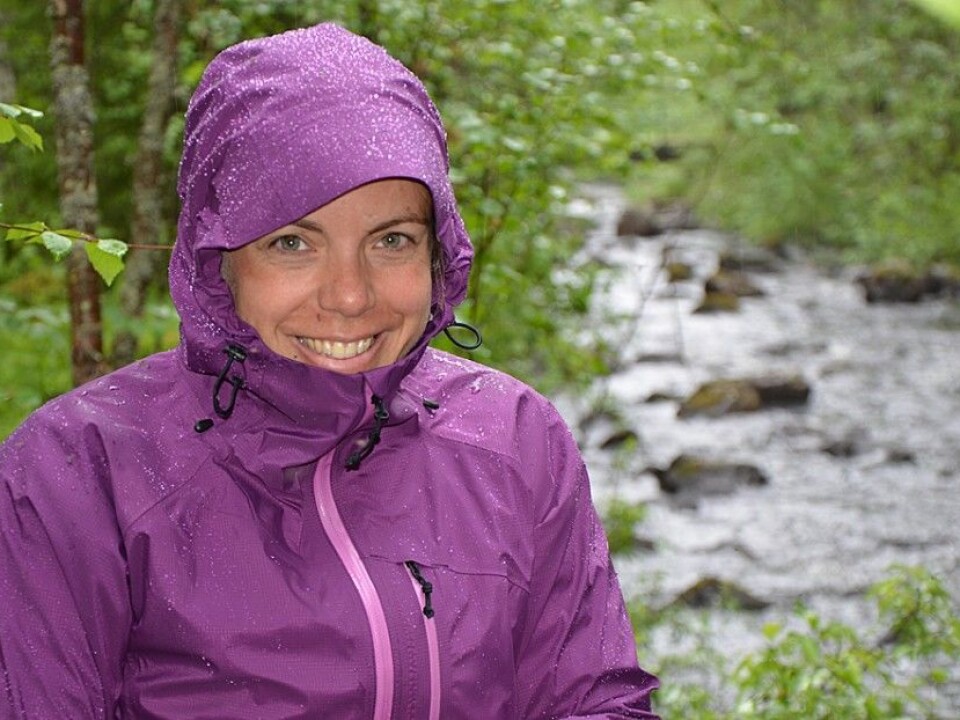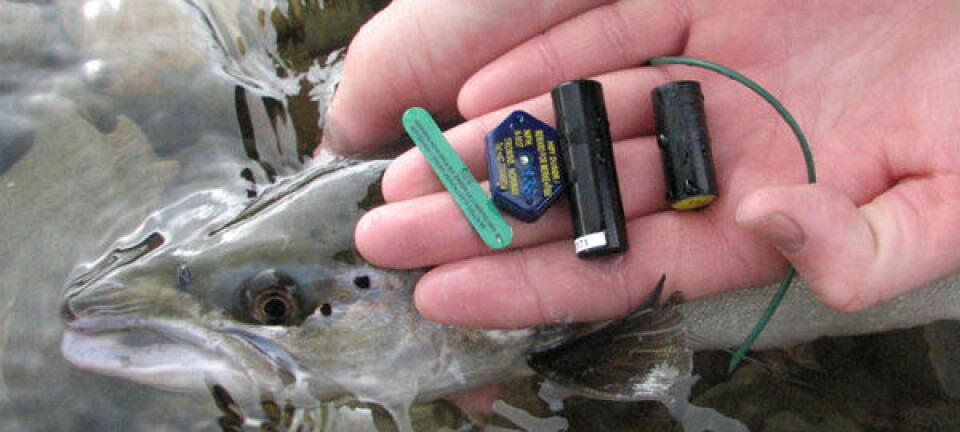
It takes decades to restore a river
No quick-fix can return a river to its natural state after human intervention. It takes at least 25 years for plants to reconquer the banks of a river or stream.
Denne artikkelen er over ti år gammel og kan inneholde utdatert informasjon.
Rivers have served as avenues of transportation throughout the ages, but we have often given nature a helping hand. River courses have been dammed, widened, straightened and deepened.
One of the motivations for such efforts in the Nordic countries was the need to float logs down to mills. With muscle and dynamite, solid rock has been removed from the main courses and dams constructed to ensure sufficient depths and flows of water.
In other instances, rivers and streams were diverted into canals or ducts.
Vital to river ecology
Efforts were started in the 1980s along the Vindel River in North Sweden to restore its log floating stretches back to their original state. The goal included a re-establishment of former stocks of fish. Eliza Maher Hasselquist of Umeå University has studied the length of time it takes for original vegetation to reconquer the Vindel’s banks.

Plants and bushes play an essential role in the river’s environment, filtering water, creating shade and binding carbon.
Other studies have been made of restored rivers and ecological recovery time, but the durations of the studies were too short to provide a full picture of what happens.
The few restored rivers that were checked out were only watched for five-year periods at most – insufficient time for studying regrowth, according to Hasselquist and the other researchers working on the same subject.
“We tend to be too impatient. It took thousands of years for these ecosystems to evolve. We can’t expect them to return to their original conditions in just five years.”
Analysed vegetation along 13 rivers
Hasselquist and her colleagues covered a longer time span by selecting 13 rivers that were restored from five to 25 years ago. They concentrated on the 60-metre riparian [river bank] zone of vegetation of each watercourse and evaluated the stages of regrowth.
They found that it takes at least a quarter century for the original diversity of species to return.
“We found that time, together with the grade of the slope of the river bed and the width of the riparian buffer zone –for instance, distance to logging activities – explained the most variation in species richness,” writes Hasselquist.
For comparison and control, the researchers used five unrestored rivers which were channeled into canals over 50 years ago.
“In the light of these findings, the time frame for restoring the richness of species should be extended by 25 years or more,” she concludes.
The researchers also recommend that restoration projects make the slope of river banks as even and “soft” as possible in the landscape. The buffer zone should also be made wider to enhance re-seeding and seed dispersal.
If we can’t wait to let nature run its course, we can accelerate regrowth by sowing seeds from native riparian plants and bushes.
-----------------------------------
Read the Norwegian version of this article at forskning.no
Translated by: Glenn Ostling


































